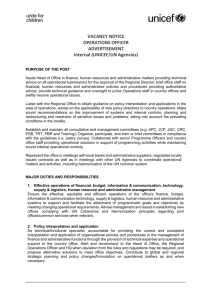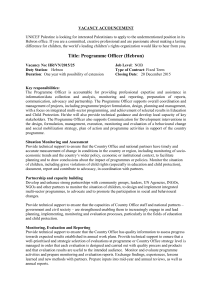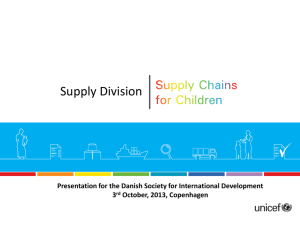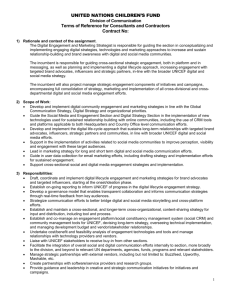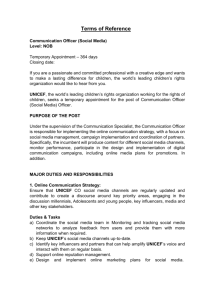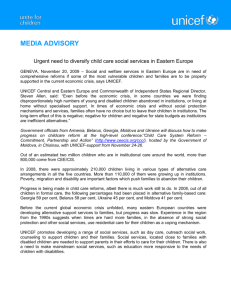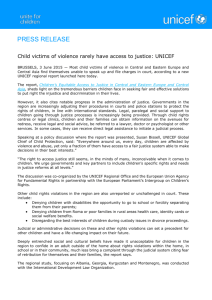unicef mnt
advertisement
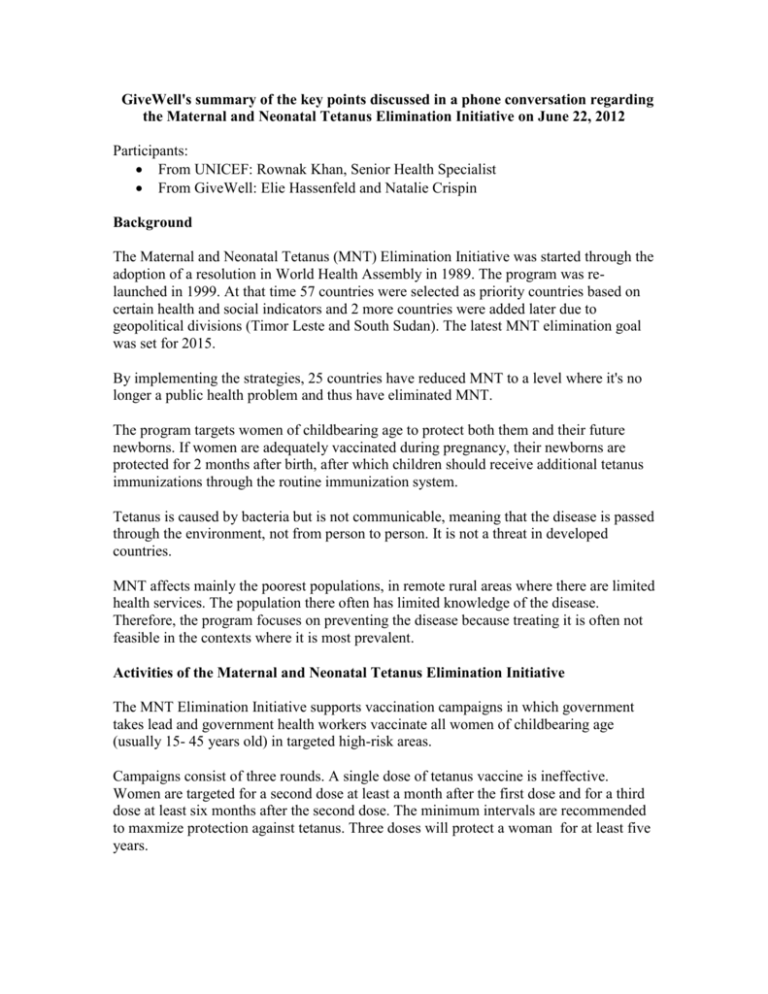
GiveWell's summary of the key points discussed in a phone conversation regarding the Maternal and Neonatal Tetanus Elimination Initiative on June 22, 2012 Participants: From UNICEF: Rownak Khan, Senior Health Specialist From GiveWell: Elie Hassenfeld and Natalie Crispin Background The Maternal and Neonatal Tetanus (MNT) Elimination Initiative was started through the adoption of a resolution in World Health Assembly in 1989. The program was relaunched in 1999. At that time 57 countries were selected as priority countries based on certain health and social indicators and 2 more countries were added later due to geopolitical divisions (Timor Leste and South Sudan). The latest MNT elimination goal was set for 2015. By implementing the strategies, 25 countries have reduced MNT to a level where it's no longer a public health problem and thus have eliminated MNT. The program targets women of childbearing age to protect both them and their future newborns. If women are adequately vaccinated during pregnancy, their newborns are protected for 2 months after birth, after which children should receive additional tetanus immunizations through the routine immunization system. Tetanus is caused by bacteria but is not communicable, meaning that the disease is passed through the environment, not from person to person. It is not a threat in developed countries. MNT affects mainly the poorest populations, in remote rural areas where there are limited health services. The population there often has limited knowledge of the disease. Therefore, the program focuses on preventing the disease because treating it is often not feasible in the contexts where it is most prevalent. Activities of the Maternal and Neonatal Tetanus Elimination Initiative The MNT Elimination Initiative supports vaccination campaigns in which government takes lead and government health workers vaccinate all women of childbearing age (usually 15- 45 years old) in targeted high-risk areas. Campaigns consist of three rounds. A single dose of tetanus vaccine is ineffective. Women are targeted for a second dose at least a month after the first dose and for a third dose at least six months after the second dose. The minimum intervals are recommended to maxmize protection against tetanus. Three doses will protect a woman for at least five years. Role of UNICEF UNICEF leads the MNT elimination effort at the global level. Governments are the main implementers of the program. UNICEF provides funding, vaccine procurement, technical support, assistance with planning, and monitoring/supervision of the program. In about 80% of cases, UNICEF provides the funding to purchase MNT vaccines for MNT vaccination campaigns, while governments generally purchase vaccines for routine tetanus vaccination themselves. Funding The program has raised more than $200 million over the past 10 years. The main funders to date have been GAVI, Bill and Melinda Gates Foundation, UNICEF Natcoms, Proctor and Gamble, Becton, Dickenson and Company, and, more recently, Kiwanis International. UNICEF seeks to raise an additional $100 million by mid-2014 in order to reach elimination by the target date of 2015. UNICEF is now targeting challenging countries and believes more funding is needed to achieve the goal. The progress on fundraising has not gone as well as UNICEF expected. There are a handful of countries that need immediate funding. UNICEF believes that tetanus receives less attention than many other diseases, such as measles, because it does not cause outbreaks, there is a lack of understanding of how it works, and it primarily affects a hidden population. It is rarely featured in the press. South Sudan is an example of a country where UNICEF is ready to implement the program but lacks the funding to do so. Without further funding, UNICEF will only fund part of South Sudan's project budget and there will be delays between the immunization rounds, i.e. the second dose round would have to wait until more funding was available, and only part of the country would be covered. Delays can make it more difficult to complete the program because momentum is lost, training may need to be repeated, and it becomes more difficult to ensure that the same women receive all doses. With full funding the South Sudan program could be completed in less than a year. South Sudan is at the top of the list for further funding because UNICEF recently visited the country and saw a lot of enthusiasm for the program. Papua New Guinea is also high on the list. UNICEF is waiting for the funding to support its second vaccination round. Niger is also high on the list. UNICEF reviews the country's status and progress on a regular basis and prioritizes country needs accordingly. Lack of funding, plus access issues, have delayed the campaign in Yemen by over a year. Security issues have caused planned campaigns in Afghanistan to be cancelled or delayed. Prospects for filling the funding gap Current and potential funders include: Kiwanis International. It has started an initiative called "The Eliminate Project." Proctor and Gamble donates a set amount of money for each pack of Pampers sold. The U.S. Fund for UNICEF GAVI Bill and Melinda Gates Foundation The $100 million funding gap refers to funding UNICEF needs, and is separate from government support and costs for the program.

